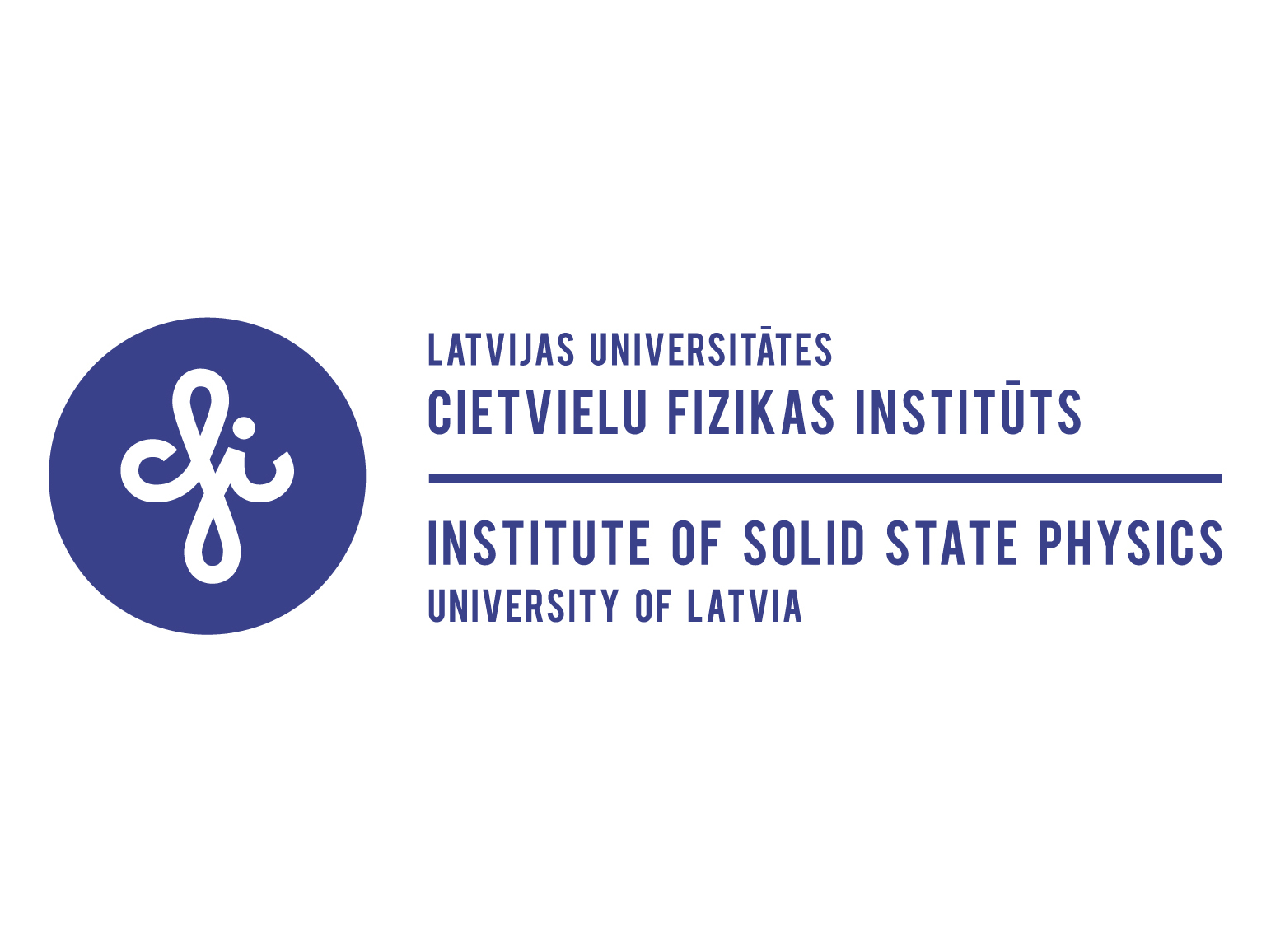Camart2 mission is to serve as a knowledge base and key enabler for materials physics development within the Baltic Sea region by inviting high-profile scientists for knowledge exchange and educating of the new generation of researchers. In order to contribute to this mission, on May 12 and 19, ISSP UL organized online introductory course of Prof. Brik for MSc, PhD and Postdoc students and researchers working in the field of spectroscopy of optical materials.
During the course, the participants were introduced with the basic spectroscopic properties of the transition metal and rare earth ions and their applications in science and technology. At the beginning of the course basic concepts such as quantum numbers (needed to describe the electron states in an atom), angular momenta addition and formation of the free atoms’ energy levels schemes were discussed. The LS terms notation was explained, with particular emphasis placed on high degeneracy of these states and possibilities of getting large number of split energy levels in crystal fields. One lecture of the course was devoted to first-principles and semi-empirical methods used for modeling various physical properties of crystalline solids, which help to identify useful “structure-property” and “property-property” relations needed for smart search for new materials.
This course helped the attendees to develop the ability to learn and understand the fundamental ideas of spectroscopy and to develop necessary skills for interpretation of experimental spectroscopic data.
About prof. Mikhail Brik
Mikhail G. Brik received his PhD from Kuban State University (Krasnodar, Russia) in 1995 and his DSc (habilitation) from the Institute of Physics, Polish Academy of Sciences (Warsaw, Poland) in 2012. Since 2007 he is a professor at the Institute of Physics, University of Tartu, Estonia. Before that, he worked at Kyoto University (Japan) from 2003 to 2007, Weizmann Institute of Science (Israel) in 2002, Asmara University (Eritrea) from 2000 to 2001, and Kuban State University from 1995 to 2000. He is also a distinguished visiting professor at Chongqing University of Posts and Telecommunications (China) and a Professor at Jan Długosz University (Poland). Since 2015 he serves as one of the editors of Optical Materials (Elsevier). He has also been a Guest Professor in Kyoto University for four months in 2017-2018 and a Guest Professor at the Institute of Physics, Czech Academy of Sciences for six months in 2018- 2019.
Prof. Brik’s scientific interests cover theoretical spectroscopy of transition metal and rare earth ions in optical materials, crystal field theory, and ab initio calculations of the physical properties of pure and doped functional compounds. He is a co-author of one book, a coeditor of two books and an author of 12 book chapters and about 420 papers in international journals. According to Google Scholar (April 2021), he has more than 9800 citations with h index 49. He received the Dragomir Hurmuzescu Award of Romanian Academy in 2006 and the State Prize of the Republic of Estonia in the field of exact sciences in 2013. In 2018 he received the state professor title from the President of Poland.
Prof. Brik has been and is a principal investigator in a number of projects funded by the Estonian, Polish and EU research programs with a total amount of close to 2.5 million Euro.
Prof. Brik has a wide network of research collaborations. He has taught a number of courses related to the spectroscopy of the transition metal and rare earth ions at the University of Tartu in Estonia, Chongqing University of Posts and Telecommunications in China, Kyoto University in Japan, Lanzhou University and South China University of Technology in China, Jan Długosz University in Częstochowa and Cardinal Stefan Wyszyński University in Warsaw, Poland. His industrial collaborators are from Samsung R & D (Japanese branch), Denka (Japan), General Electric (USA). His academic collaborators are from many leading universities in EU, USA, Japan, and China.



